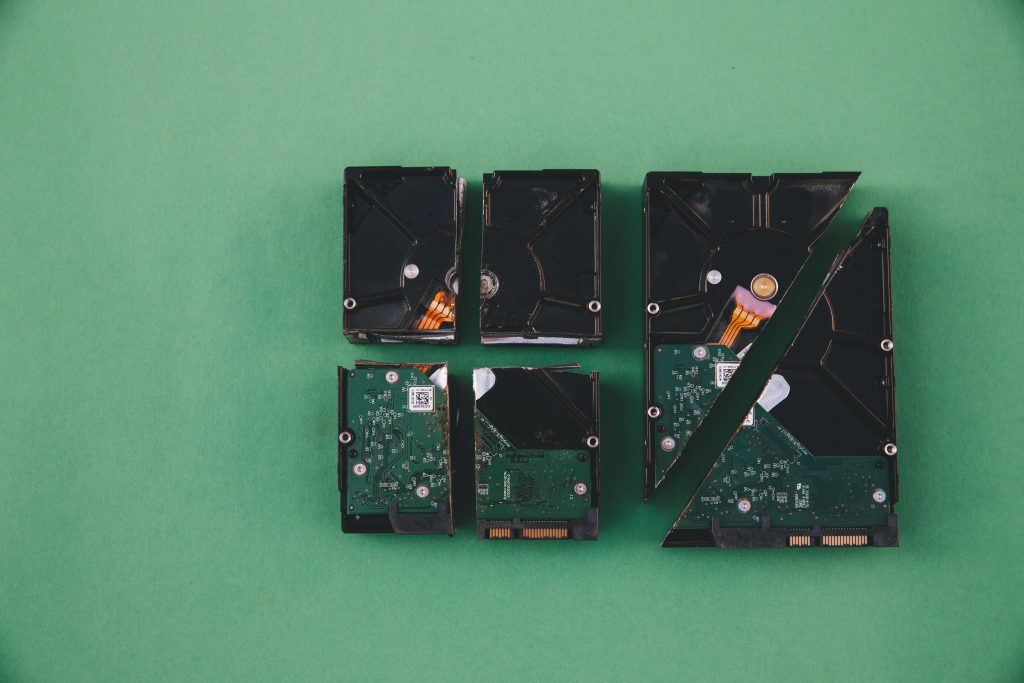A Mysterious Case: The 128GB Foresee SSD Enigma
In the realm of computer troubleshooting, one often encounters a myriad of intriguing cases. Recently, a client walked into my workshop with a perplexing situation—their PC had abruptly ceased to boot. Naturally, the first course of action was to investigate the state of the SSD.
Upon removal and careful examination of the SSD, specifically a Foresee 128GB V3 12 S40j SATA model, I resorted to using a hex viewer. This tool allows us to delve into the raw data residing on the drive. Interestingly, the screen revealed a string of hexadecimals ominously spelling out “Game Over!!!”
Such cryptic findings often point towards malicious activities, and upon further research, a theory from a reputable forensics platform emerged. It suggested that this anomaly could be the handiwork of the ransomware known as Zbot or Zeus. If this speculation holds true, it indicates that the drive has been effectively wiped by this notorious malware.
The unraveling of this mystery remains crucial, as confirmation of this hypothesis would mean the remnants of critical data might be irretrievable. Such scenarios emphasize the ever-present threat of ransomware and the havoc it can wreak, not just on data but on the operations depending on it.
With such stakes, confirming this suspicion becomes paramount. Therefore, I invite insights from fellow professionals—has anyone else encountered a similar situation, or can anyone validate this theory based on their expertise?
In the quest to resolve this enigma, both the outcomes and lessons learned could prove invaluable in safeguarding against future occurrences of this nature.
Share this content:




Response to “Wiped Disk with hex “Game Over!!!””
Greetings,
It’s quite concerning to hear about your experience with the Foresee SSD displaying “Game Over!!!” in the hex viewer. This definitely points towards a potential ransomware attack, specifically from variants like Zbot or Zeus, as you mentioned. Such malware can effectively lock or corrupt data, making traditional recovery methods challenging.
Here are a few suggestions that may help you further investigate this case:
chkdskon Windows). Sometimes, the drive might be salvageable even if it shows signs of corruption.That is indeed a fascinating and concerning case. When encountering a drive containing a hexadecimal message like “Game Over!!!”, it often indicates that malware or ransomware—such as Zbot/Zeus—has possibly encrypted, corrupted, or wiped the drive’s data.
To proceed, I recommend the following troubleshooting steps:
Additionally, ensure that antivirus and anti-malware solutions are up-to-date, and establish a robust backup strategy moving forward to mitigate such risks. If the drive is confirmed to be compromised by ransomware, it’s generally recommended to wipe the drive and restore from a clean backup, rather than trying to decrypt or salvage encrypted data without proper tools.
Hope this provides some guidance. Always proceed carefully when dealing with suspected malware infections to avoid further data loss or system issues.